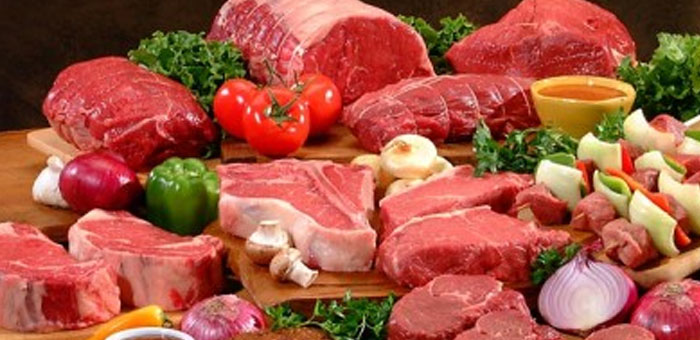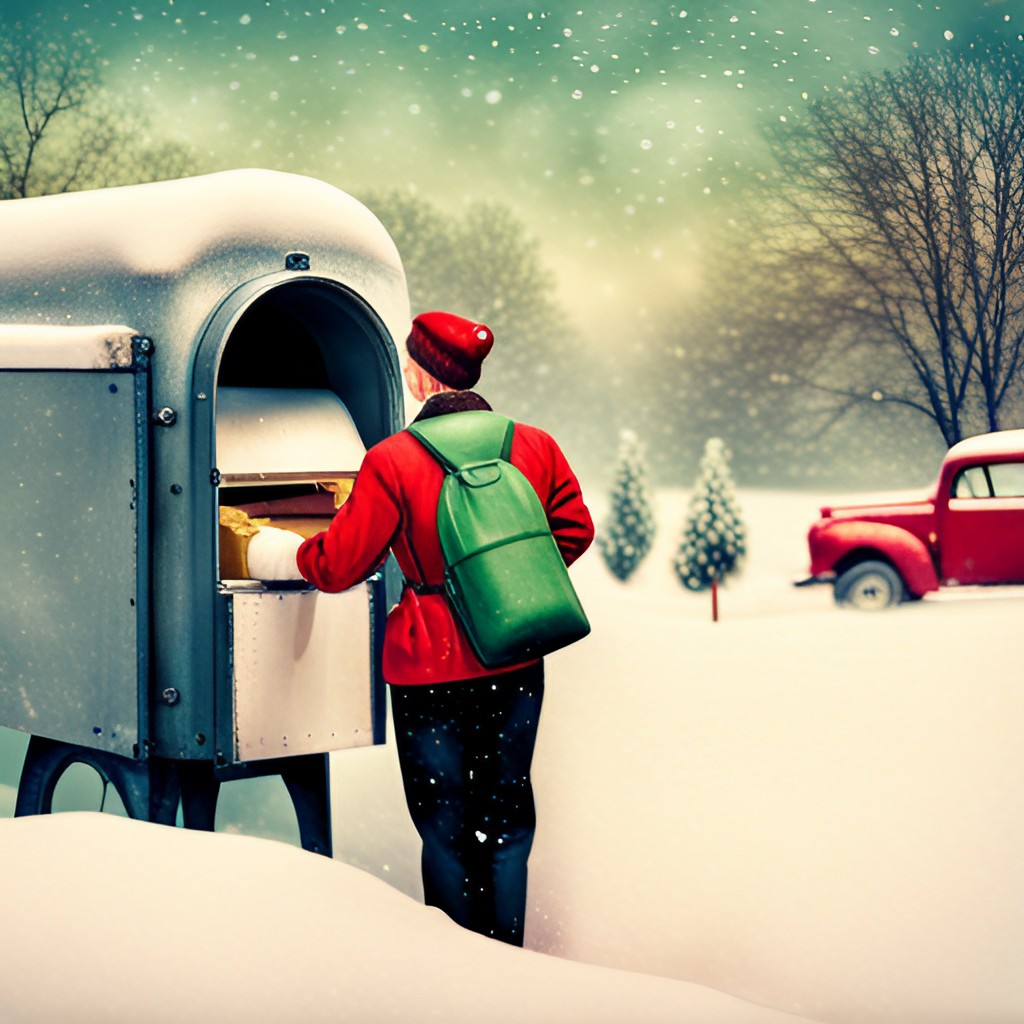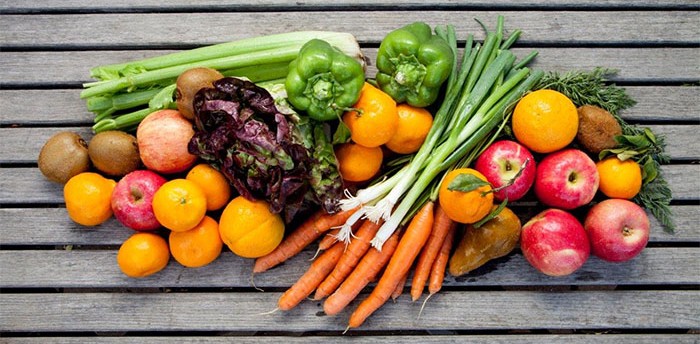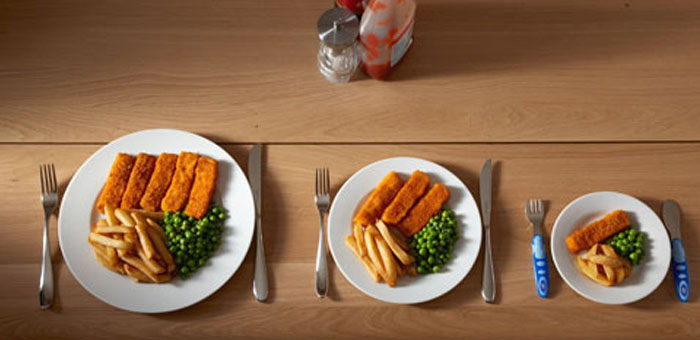Mobile Cuisine is approached by many of the new food truck owners around the country via phone and email. We have found that many of these new mobile entrepreneurs do not have extensive backgrounds in the culinary world. Many of the questions we are asked tend to be related to the operation and start-up of a food truck, but some of the other questions we are asked are related to culinary basics.
Because of this, the staff at Mobile Cuisine has decided to add some content available to all of our readers to assist them with some of these culinary questions. In today’s article we are going to cover butchery basics including cutting tools, meat handling and it’s storage.
If you were to ask most mobile food truck owners, you would find out that meat is one of the most costly items within their food truck operation, but at the same time, it is also one of the most potentially profitable.
Mobile chefs with the means to do so often prefer to perform many the fabrication tasks in-house at their commissary or commercial kitchen to control their portion sizes and to be sure that the quality of each portion is the same each time.
Butchery Basics For Food Truck Owners
Butchery Basics: Tools and Equipment
As the culinary world has evolved, chefs have developed tools to assist themselves in making their meat cutting much easier. There are cutting tools throughout the meat industry which enable chefs to complete these tasks rapidly and with minimal waste. The list of equipment available and all of their intended uses is too extensive to list here; therefore, only the more basic equipment used for simple butchery has been included.
Knives:
What knives do you need to fabricate meat? There are many available knives and some of them are for specific cutting techniques.
Meat fabrication knives:
- Boning knife: Available in lengths from five to six inches and a variety of flexes, from completely stiff to very flexible. For general meat cutting, a semi-flexible, six-inch boning knife will perform well. There are straight and angled blades available. The handle of a boning knife needs to fit the user’s hand properly and some texture on the handle may be helpful to reduce slippage. Different boning knives are suggested for a variety of tasks; for instance, boning a pork loin requires a knife with some flex to be able to flatten out while boning and increase the surface area. If boning a straight-line bone, such as a shank or femur, a non-flexible or stiff boning knife will be more stable.
- Chef’s knife: A non-flexible, eight- to 10-inch knife can be used for trimming large cuts, portion cutting, mincing and chopping. However, it can be a little cumbersome due to its width.
- Slicer: A 12-inch knife that is available in flexible, semi-flexible or stiff models. It is thinner than the chef’s knife and, unlike the scimitar, has a straight edge. It is good for trimming large cuts and portion cutting.
- Clam knife: A clam knife may come in handy when frenching racks of lamb or veal. It is used to scrape the membranes off the bones.
RELATED: How To Choose A Chef’s Knife For Your Food Truck Kitchen
Meat cleaver:
Cleavers are available in a variety of weights and sizes. A meat cleaver is used primarily for cutting chops and needs to be relatively heavy to break through chine bones. A meat cleaver can only be used on a butcher block so as not to damage other cutting boards. A small cleaver may be used to help fabricate poultry or cooked bone-in roasts.
Saws:
- Hand saw: Cutting through bone structure can be a challenge and demands nearly as much accuracy as a knife. A quality handsaw can greatly increase the options available to the butcher.
- Band saw: A band saw, although expensive, enables the fabrication of an enormous variety of cuts, such as bone-in steaks, chops, various bone-in roasts, stews and bones for soup. Extreme caution must be used when operating a band saw.
Meat grinder:
A grinder has a wide range of uses, including burgers and sausages. Meat grinders are available in a variety of sizes and power ranges. However, rather than buy a separate machine, grinding attachments for other kitchen machinery, such as a mixer or chopper, are an inexpensive alternative.
Butchery Basics: Meat Safety
Meat is highly susceptible to pathogens because it has high water content. Great care must always be taken when handling meat products. The risk of contracting or spreading a food-borne illness must be taken very seriously. Salmonella, E-coli, staphylococcus areoles, campylobacter and listeria are examples of serious food-borne illnesses that can affect any consumer, especially young children, the elderly and those with compromised immune systems. The quickest was to see your mobile food business shut down is to start getting complaints filed against you for poisoning your customers.
Butchery Basics: Storage
For fresh red meat, the ideal storage temperature is 28° to 32°F. Most large meat processors will hold products in this range for up to a week before shipping. Items will hold for six weeks in a vacuum bag (slightly less for bone-in items). In a typical commercial kitchen walk-in cooler at 32° to 41°F, vacuum-packed items will last around two weeks. Storage times will depend on the original pack date on the label.
Most meats will be around one to two weeks old at the time you receive them. If there is no visable packing date, you as the customer should look for excessive purge or meat juices left in the bag. Large cuts of meat exposed or opened will last about three to four days before exterior spoilage begins. Portion cuts last about two to three days. Fresh meats should be laid out or wrapped in meat paper that wicks away moisture and prevents oxidation. Other methods may be to wrap meat in cheesecloth or rub with vegetable oil.
Correct procedures should be followed when purchasing and receiving meat items. Any delivery trucks should be checked for cleanliness and proper temperature (below 45°F). Creating a basic checklist ensures product is received and recorded correctly. Avoid leaving meat items out on loading docks or wherever temperatures are above safe holding temperatures. When meats are brought into the walk-in cooler, be sure to rotate stock and check pack dates.
The Bottom Line
Meat is one of the most costly items within any food truck operation, but also one of the most profitable. Depending upon the local market rates for food and labor, in-house fabrication may be less expensive than buying prefabricated cuts.
We hope this article was helpful. Do you have any additional information in regards to this topic? Share your thoughts in the comment section or social media. Facebook | Twitter




